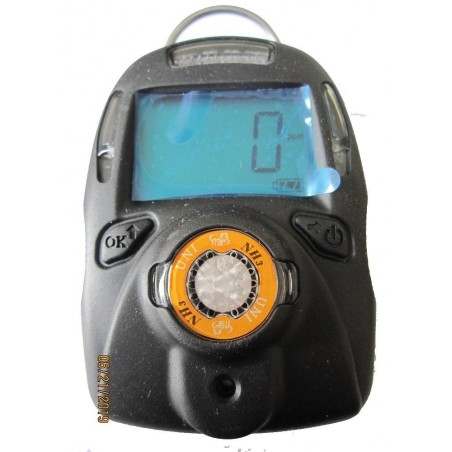The objective is to investigate whether NH3 and odour emissions can be lowered by implementing three different ventilation control settings (VCS) as low-cost mitigation techniques. In treatment 1 (T1) the set-point temperature (Tset) was set +2 °C higher than the reference strategy (CON). In treatment 2 (T2), the minimum (Vmin) and maximum (Vmax) ventilation settings were set to 75% and 90% of the CON, respectively. For treatment 3 (T3), the Tset was +1 °C higher than the CON, while the Vmin and Vmax settings were initially set at 25% and 80% of the CON but gradually increased during the fattening period.
The results implied that T1 was the best VCS, as it significantly lowered odour emissions compared to the CON by 34%. Despite the significant decrease in ventilation rate, the overall hourly average NH3 emissions did not differ between treatments T1, T2, T3 and CON. However, based on the VERA protocol, annual NH3 emission factors were calculated and demonstrated the potential of T1 to decrease NH3 emissions by 11% compared to the CON. The lack of significant differences in the overall hourly average NH3 emissions between T1, T2, T3 and the CON was in part due to the seasonal variations in pig housing airflow patterns affecting the air exchange rate in the slurry pit.

This indicates that, despite the importance of the ventilation rate on emissions, the effect of the indoor airflow pattern on the gaseous release from the slurry pit into the building is crucial.
Raphael K. Tabase, Sam Millet, Eva Brusselman, Bart Ampe, Carolien De Cuyper, Bart Sonck, Peter Demeyer, Effect of ventilation control settings on ammonia and odour emissions from a pig rearing building, Biosystems Engineering, Volume 192, 2020 https://doi.org/10.1016/j.biosystemseng.2020.01.022.







